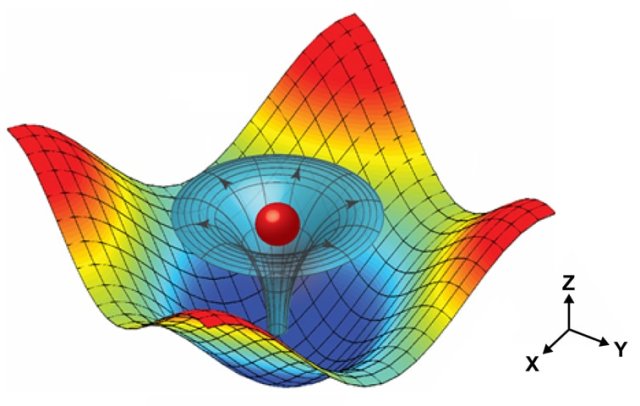Jan 27 2016
A collaborative research team, including Subra Suresh, President of Carnegie Mellon University, Tony Jun Huang from Pennsylvania State University, and Ming Dao from MIT, have demonstrated that acoustic tweezers can be adapted to move and manipulate single cells along three dimensions non-invasively. This provides a new technique for 3D bioprinting. The research has been published in the Proceedings of the National Academy of Sciences (PNAS).

Multicellular structures inside living things are delicate and complex, making it a challenging task to recreate these structures. The human heart consists of over two billion muscle cells, each cell has to interact properly with the other cells as well as with their environment, to ensure the heart functions correctly. A number of heart conditions may occur if any of the cells are damaged or improperly placed.
3D bioprinting technology is a potential method to reproduce the complex, multicellular architecture of biological tissues. Researchers are able to use a combination of different strategies to acheive this, but a single technique, which can offer superior accuracy, multiple dimensionality, versatility, and single cell resolution required to build complex multicellular structures while retaining integrity, cell viability, and function, is yet to be developed.
The results presented in this paper provide a unique pathway to manipulate biological cells, accurately and in three dimensions, without the need for any invasive contact, tagging or biochemical labeling. This approach could lead to new possibilities for research and applications in such areas as regenerative medicine, neuroscience, tissue engineering, bio-manufacturing and cancer metastasis.
Subra Suresh, President, Carnegie Mellon University
The team have been leaders in the creation of acoustic tweezers technology. This method uses sound waves to capture and manipulate single cells. The tweezers have been utilized to separate, pattern, align, and transport single cells, and they are notable due to the fact they can gently influence cells, without damaging the cellular structure.
The team had to prove that the acoustic tweezers were capable of trapping and manipulating cells along all three dimensions, in order for the technology to be considered functional for 3D printing.
The most recent model of acoustic tweezers created by the team had a microfluidic device, which made use of acoustic wave generators to generate sound waves along the edges of the device. The design of the device allowed researchers to control where the waves would meet along each of the three axes. The waves created a 3D trapping node at the meeting points, trapping individual cells. The researchers were also able to continue manipulating the acoustic waves to move and place cells.
The researchers used the microfluidic device to collect the cells and deposit them in a pre-selected pattern, in order to illustrate that the acoustic tweezers method could be used for live cell printing. The device demonstrated a good level of control over geometry and cell spacing, proving its ability to fabricate 3D tissue-like structures, including structures with intricate geometries.
The other authors of this paper include Feng Guo, Zhangming Mao, Yuchao Chen, James P. Lata, Peng Li, Liquiang Ren and Jiayang Liu from Penn State; and Zhiwei Xi and Jian Yang from MIT and Penn State.
The National Institutes of Health (EB019785-01, GM112048-01A1, U01HL114476), the National Science Foundation, and the Penn State Center for Nanoscale Science funded this research.